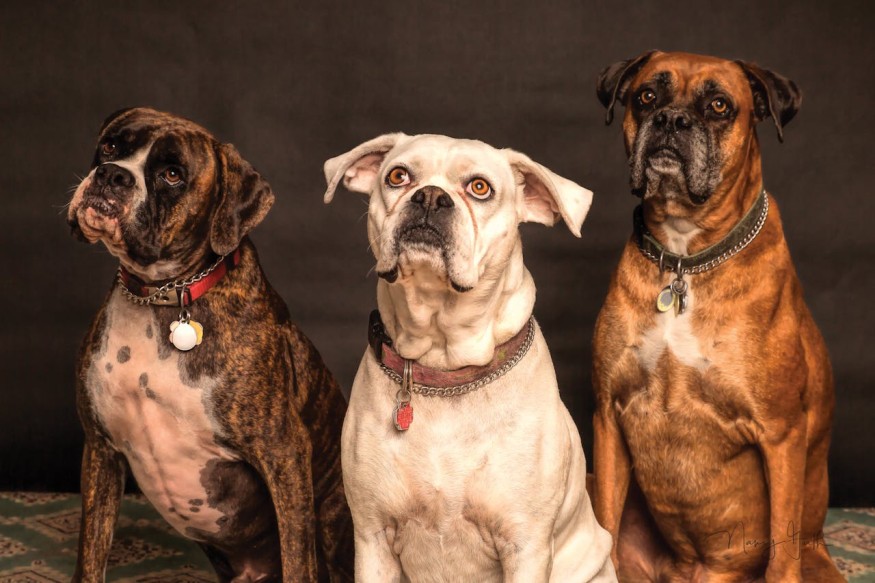
Compared to their wolf ancestors, dogs have lost their communication skills in the form of facial expressions. Scientists believe that this happened since these animals underwent selective breeding.
Facial Expressions in Wolves and Dogs
Most dog owners claim that they can tell what their pet is thinking just by looking at their face alone. However, a new study suggests that man's best friend used to be even more expressive.
A team of experts has found that the domestication process has led to the loss of communication skills in modern dogs compared to their wolf ancestors. This was discussed in the paper "Domestication constrains the ability of dogs to convey emotions via facial expressions in comparison to their wolf ancestors."
In this study, authors Elana Hobkirk and Sean Twiss from Durham University used a 'Dog Facial Action Coding System' (DogFACS), an observational tool used to identify facial movements in dogs. The authors analyzed video recordings of domestic dogs and captive wolves during both spontaneous social interactions and reactions to external stimuli like a squeaky toy.
Hobkirk and Twiss used linear discriminant analysis in predicting affective states based on the combination of animals' facial motions. identified nine distinct emotional states in the animals: happiness, joy, interest, surprise, curiosity, friendliness, anxiety, anger and fear. These can be predicted based on the facial movements of wolves with 71% accuracy.
However, the accuracy dropped to only 65% for domestic dogs across various breeds. The difference is especially high between positive emotions such as friendliness and negative emotions like fear.
The researchers believe that the ability of dogs to produce the same range of facial expressions has been limited by selective breeding. The process resulted in varying facial structures like floppy ears, shorter muzzles, excessive wrinkling, and pendulous lips.
As a matter of fact, dogs with floppy or semi-floppy ears, short, broad skulls, or hanging lips were related to almost 80% of the cases where the facial expression did not match the perceived emotional state.
Dogs (Canis lupus familiaris) are the domestically bred lineage of gray wolves (Canis lupus). Recent molecular evidence suggests that dogs were domesticated about 130,000 years ago, with selective breeding resulting in the artificial "evolution" of dogs into various types.
A study published in 2022 suggests that modern dogs may have descended from two populations of ancient wolves, one in the Middle East and another in eastern Asia. Although two distinct domestication events are possible, another explanation is that our canine friends were domesticated in a single location, then later bred with wolves elsewhere, resulting to intermixing of their DNA.
READ ALSO: Dogs Have Facial Expressions Just Like Humans Do, And Here's What They Mean
Negative Impact of Lost Communication Skills
According to Hobkirk and Twiss, this confusion between positive and negative emotions can be disturbing for human-dog interactions. It can even pose safety concerns if humans misinterpret aggressive or fearful behavior in dogs as friendliness. The researchers suggest that domestic dogs may compensate for limited facial expressions by vocalizing more than dogs during social interactions with humans.
Hobkirk said that their study demonstrates the importance of observing fine details in animal behavior. Such observations have enabled them to see how wolves are complex and sentient when it comes to communication. It also indicates the role of domestication in affecting the social bonds of humans with our companion dogs.
RELATED ARTICLE : Dog Fossils Show Early Canine Domestication from a Cave in Germany
Check out more news and information on Dogs in Science Times.
© 2025 ScienceTimes.com All rights reserved. Do not reproduce without permission. The window to the world of Science Times.












